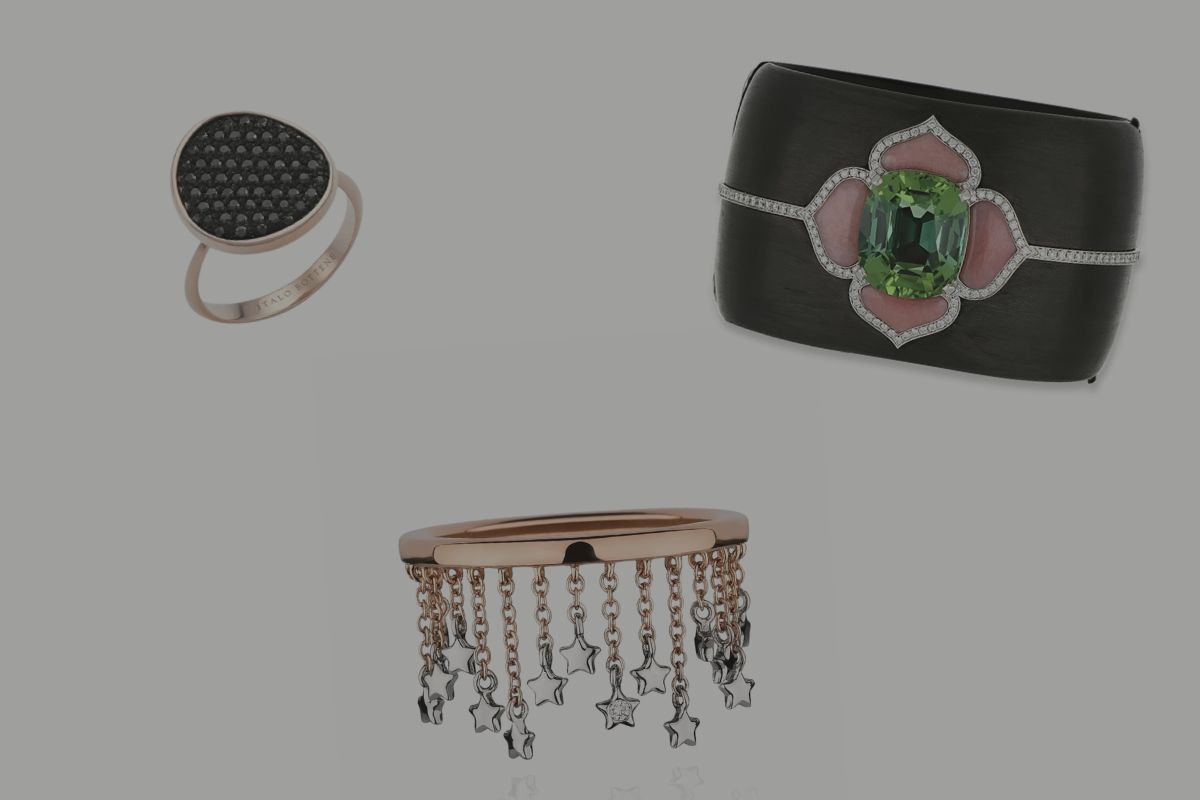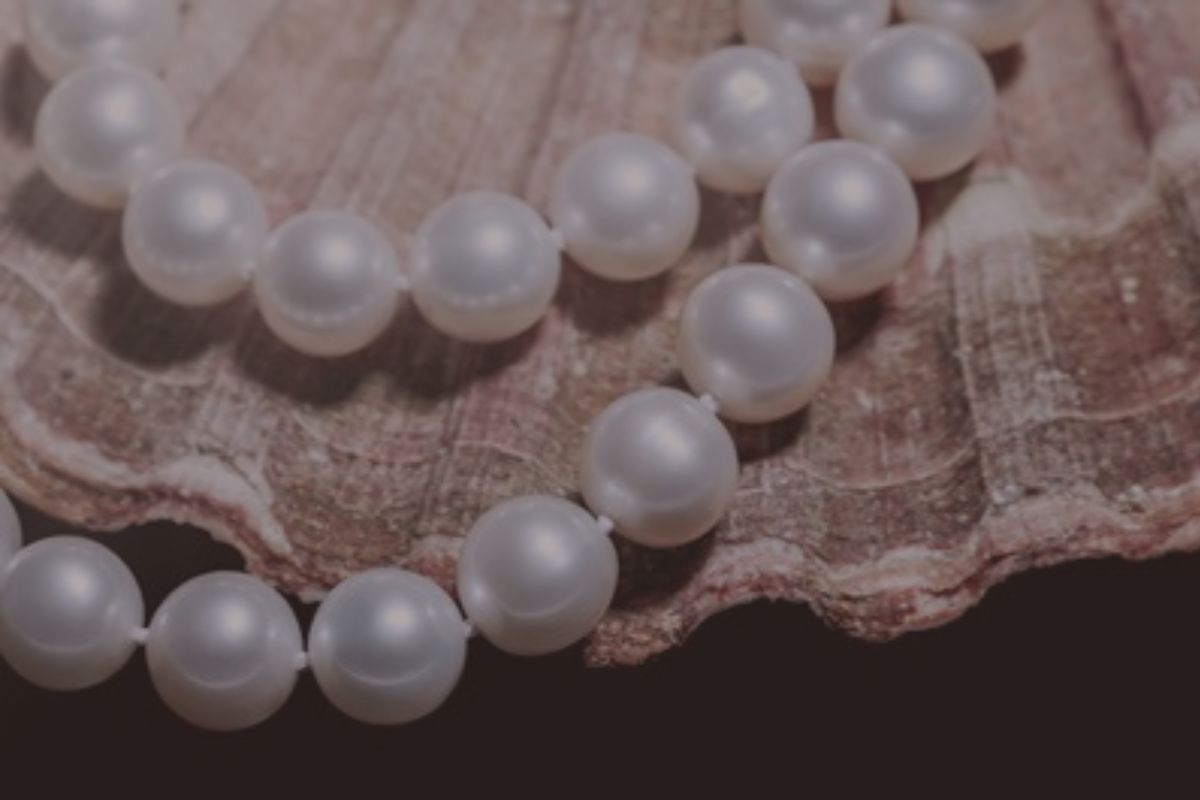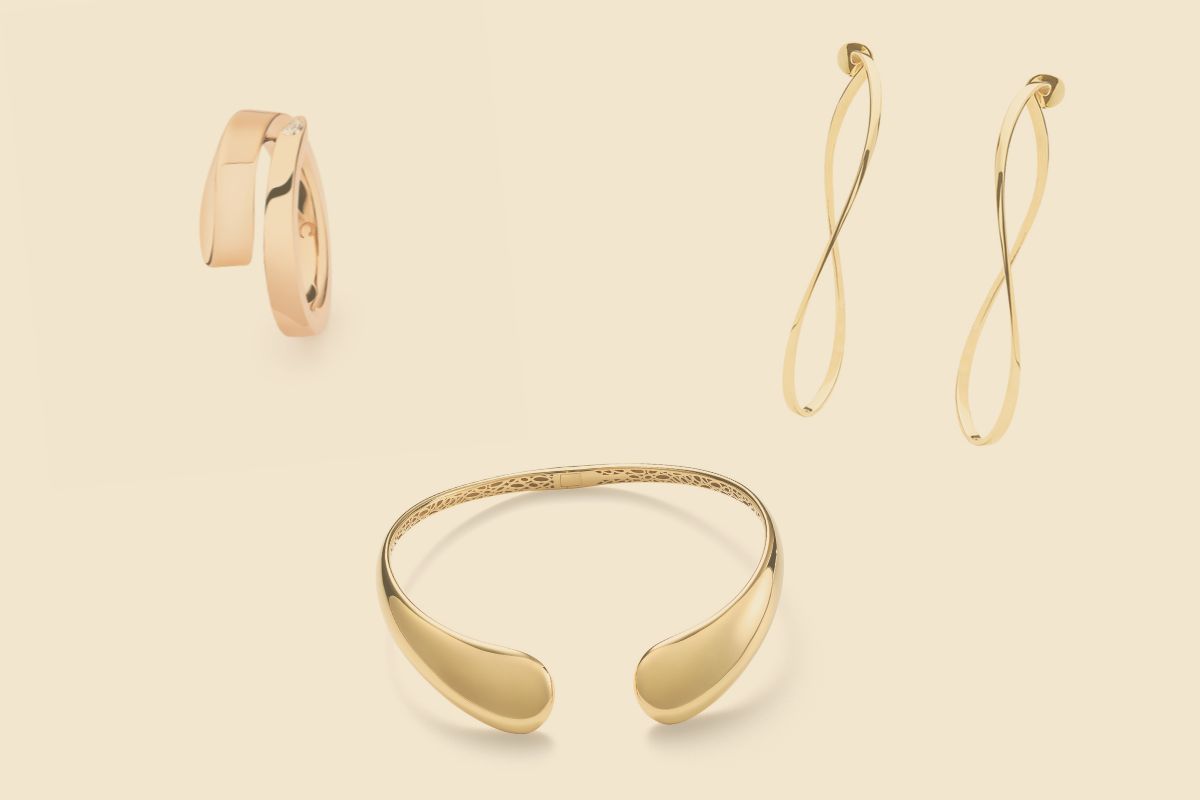The Gemological Institute of America (GIA) is enhancing the way it evaluates nacre, which is a key factor included in all GIA pearl classification reports.
This is an important update to its well-established GIA 7 Pearl Value Factors™ pearl classification system, according to the institute.
In the past, GIA would classify nacre as “Acceptable” or “Unacceptable” based on several factors. Acceptable pertained to expected commercial nacre quality, in terms of thickness, layering and condition, while “Unacceptable” denoted poor-quality nacre that may impact durability, such as thinness, chalkiness or damage.
“Prompted by observations and requests from members of the global pearl trade, the new nacre scale will describe and classify the continuity and quality of the nacre in a way that is more aligned with other quality factors,” stated GIA.
The nacre scale was developed through detailed examination of a wide assortment of pearl samples with varied surface and sub-surface features that can indicate differences in nacre layering and continuity during a pearl’s growth. As a result of this update, most pearls submitted will now be classified as having “Good,” rather than “Acceptable,” nacre.
During the classification service, the nacre of a pearl, strand or other items will be evaluated based on the degree of eye-visible movement (nacre variation) found on either the surface or sub-surface layers of nacre, in addition to the post-harvest condition including wear, damage, modifications and treatments, and trade standards for thickness.
The nacre will fall into one of GIA’s five classification ranges (Excellent, Very good, Good, Fair, and Poor), which will be stated on all GIA pearl classification reports.
“Nacre formation plays a critical role during a pearl’s growth as its structure influences other value factors such as size, shape, lustre and surface quality. Nacre thickness and continuity also affect the pearl’s durability,” said Tom Moses, executive vice president and chief laboratory and research officer of GIA. “This update on the nacre quality scale provides improvement to the existing nacre quality description for the GIA 7 Pearl Value Factors classification system that better serves our clients.”
News by @JNA
PUBLICATION
21/05/2025
















